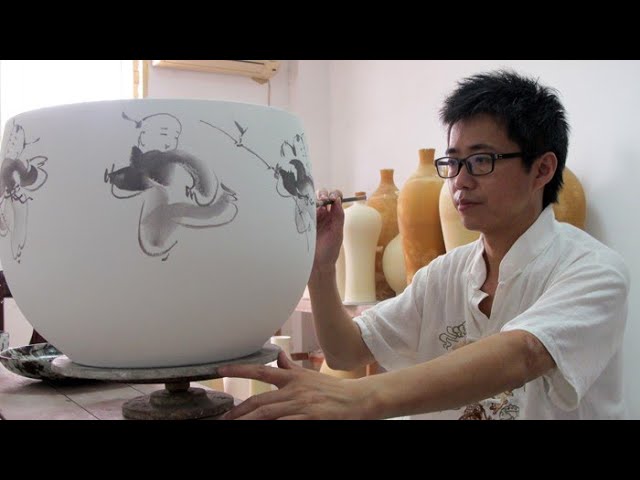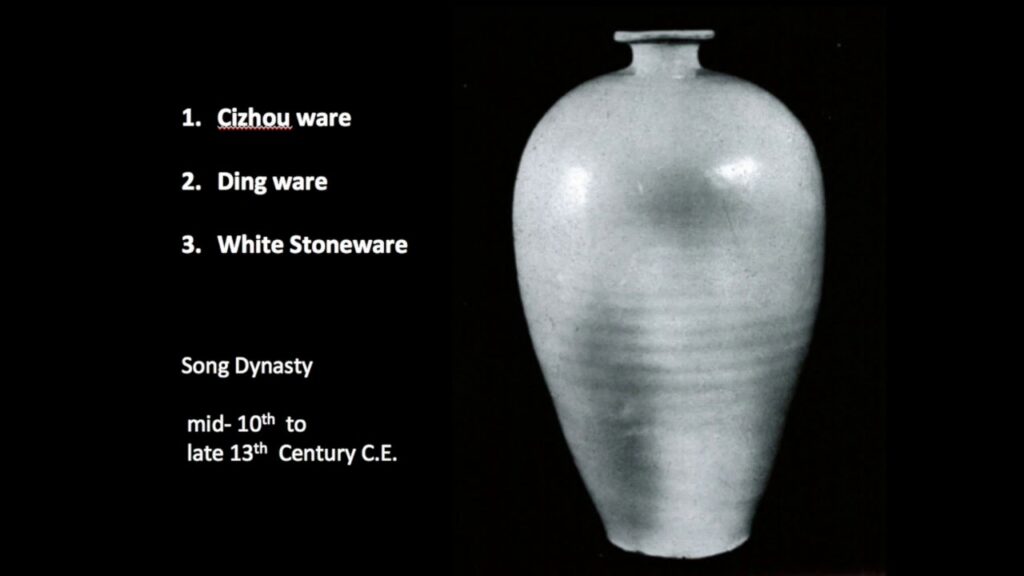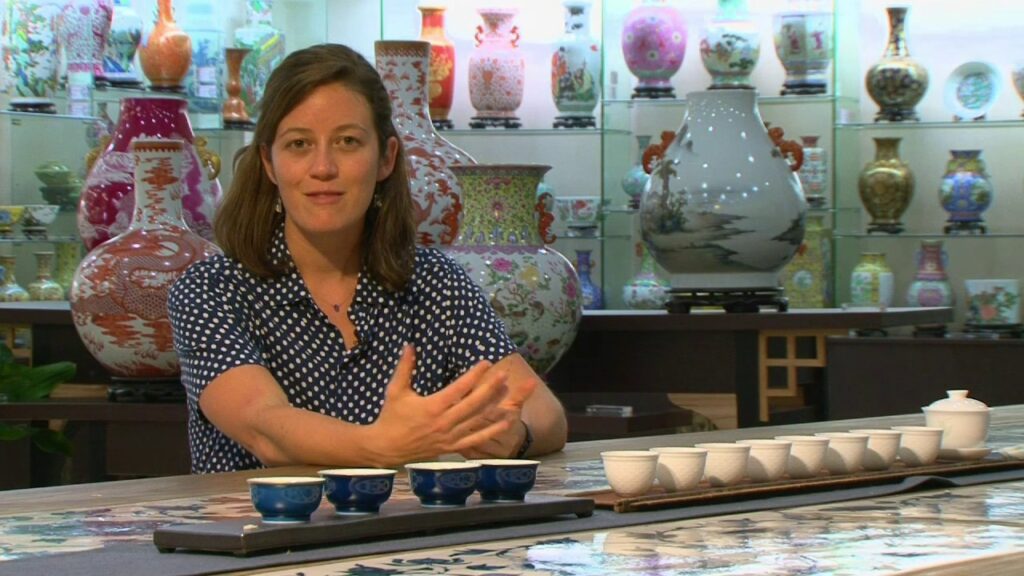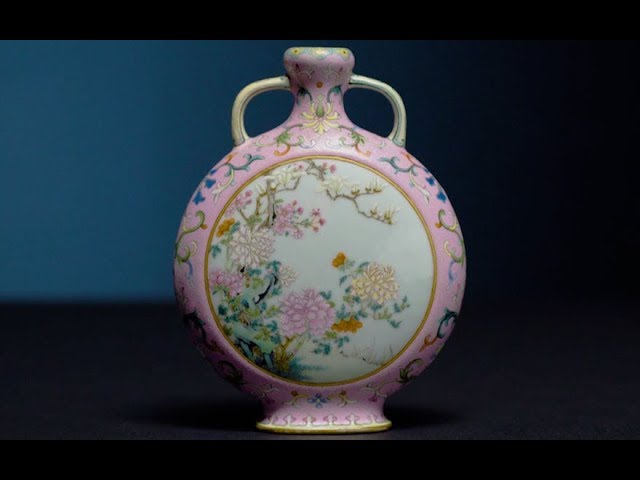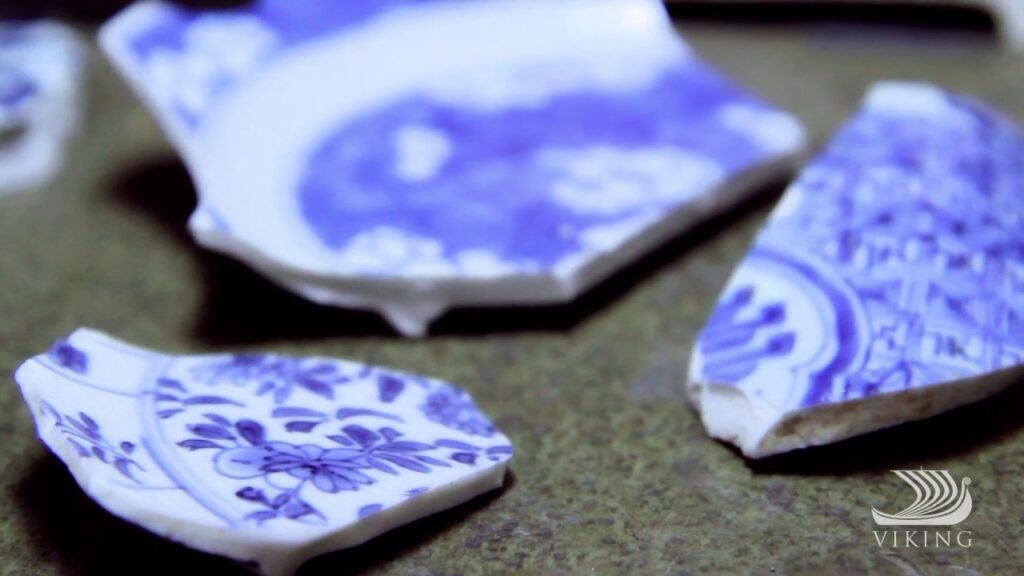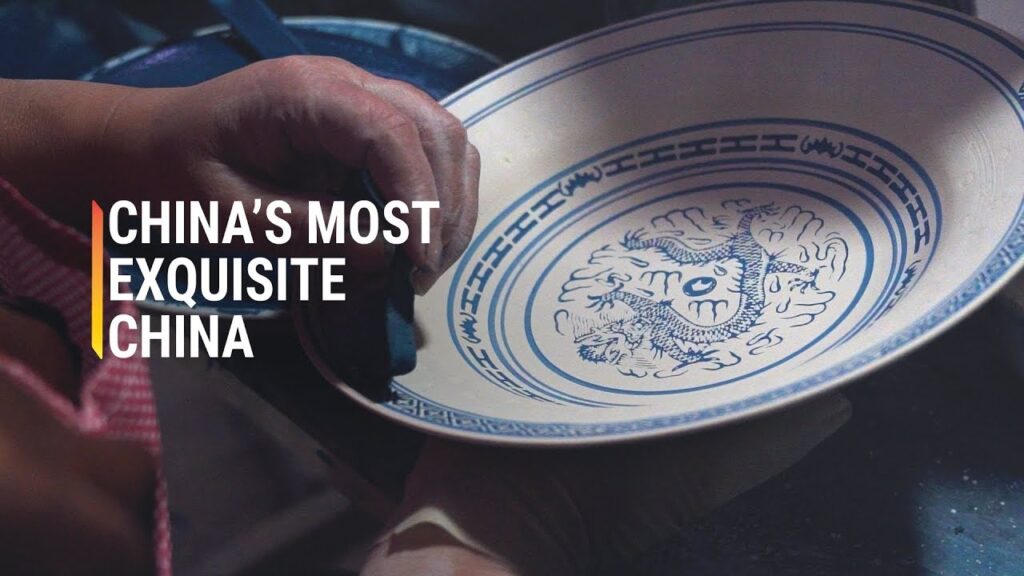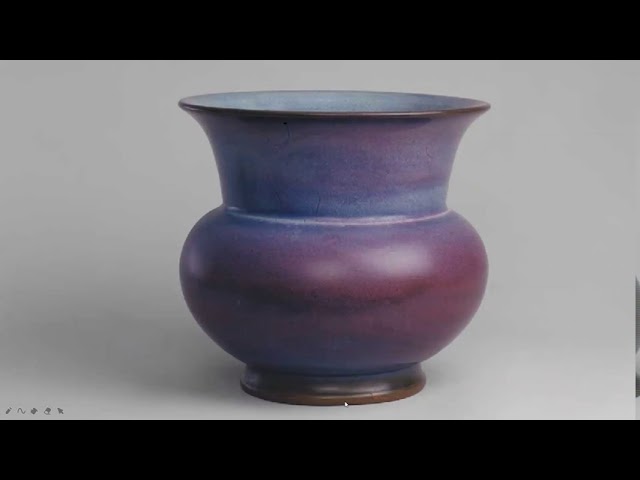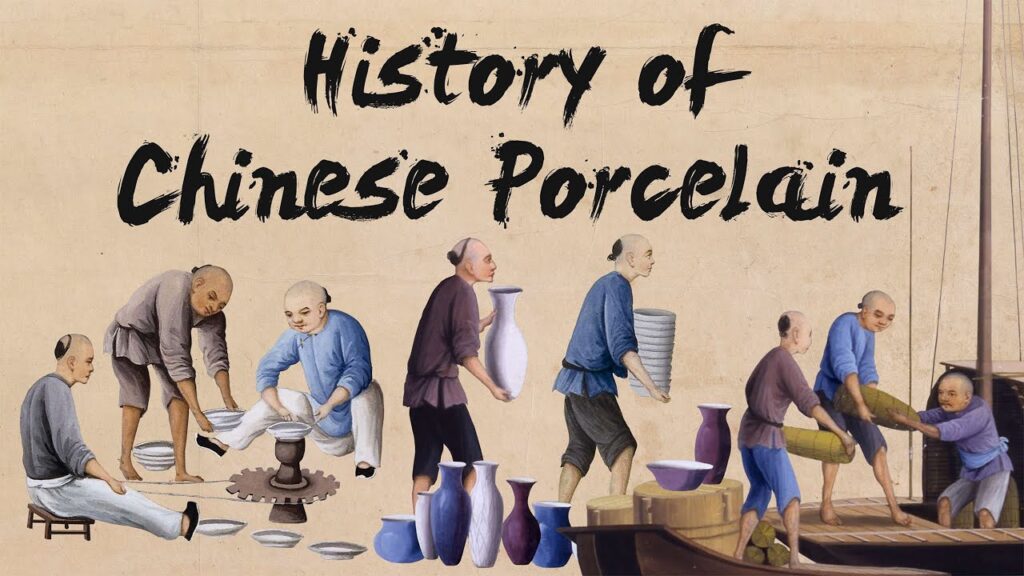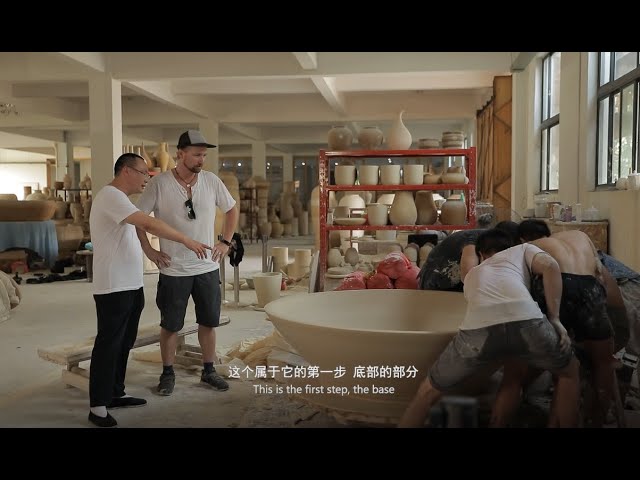Chinese Porcelain
Chinese porcelain is a durable, beautiful, and historically significant example of ceramic art. It serves as an important industry in China and is greatly admired around the world. The basic recipe for producing porcelain consists of four steps: forming a piece, glazing, decorating, and firing. The firing takes place in a kiln at extremely high temperatures above 1,260 degrees Celsius (or 2,300 degrees Fahrenheit).
The finest porcelains are white and translucent thanks to the presence of kaolin—a soft, white clay that is bountiful around certain Chinese rivers. Artisans have mastered the right proportions of kaolin with other materials such as feldspar, ball clay, glass, or bone ash to achieve the effects of color and translucence. Artisans during the Shang dynasty (ca. 1600–1050 BCE) made the first proto-porcelains. Improved techniques came during the Eastern Han dynasty (25–220 CE), and the white, translucent porcelain we know today came during the Tang dynasty (618–907). By the time of the Ming dynasty (1368–1644), porcelain was being exported to Europe.
Learn more about Chinese porcelain:
Editing: Jackson Harvey
Research: Khamo Kyi
[Catalog No. CFV11257; © 2019 Smithsonian Institution]

